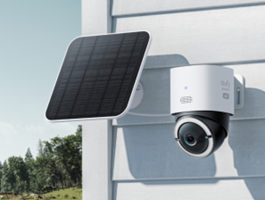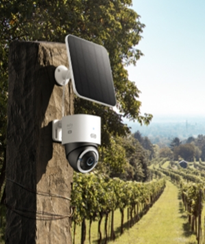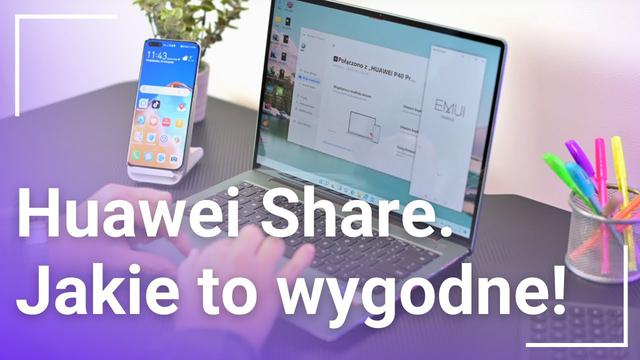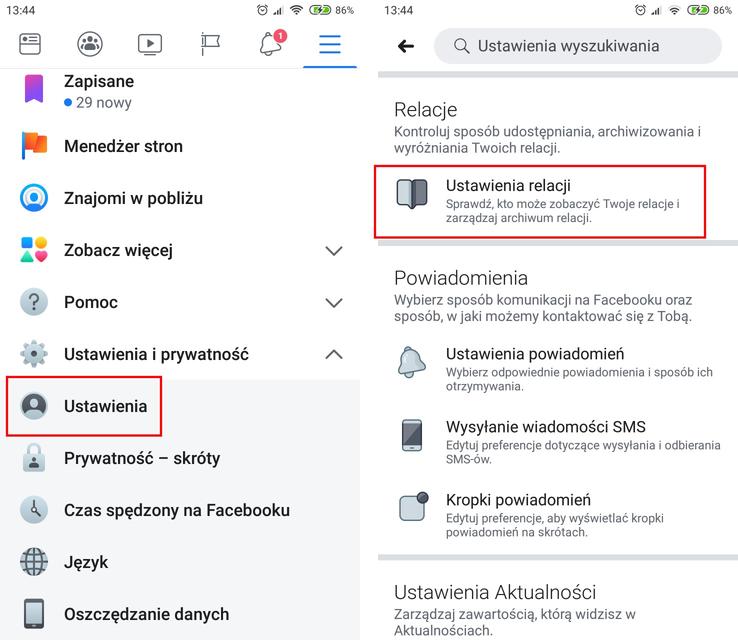As surveillance technology becomes more advanced, the need for enhanced data security has grown significantly. People rely on security cameras not only to monitor their property but also to keep data secure from potential cyber threats. Cellular security cameras, which operate independently of WiFi and instead use 4G or 5G networks, provide a unique advantage in data protection. These cameras are equipped with robust security features to ensure that users’ data stays safe, regardless of location or connectivity. For families seeking peace of mind, these cameras provide both effective monitoring and secure data handling, allowing for remote monitoring without compromising privacy. Let’s explore how the cellular camera implement these features to maintain a high level of data security.

Encrypted Data Transmission Over Cellular Networks
One of the foundational elements of data security in cellular security cameras is end-to-end encryption. When data is transmitted over a 4G or 5G cellular network, encryption acts as a protective layer, ensuring that only authorized users can access live feeds or recorded footage. Encryption works by encoding data so that it can only be read by those who hold the decryption key, effectively preventing hackers from accessing sensitive information even if they intercept the data.
Types of Encryption Used by Top Cellular Cameras
Cellular security cameras often use advanced encryption protocols such as AES (Advanced Encryption Standard) and TLS (Transport Layer Security) to safeguard data during transmission. AES encryption is highly secure and widely used by organizations to protect classified information, making it suitable for security cameras. TLS, on the other hand, creates a secure channel for data to travel, ensuring that data remains private as it moves from the camera to the user’s device. Encryption protocols like these ensure that users can feel confident their data is safe from unauthorized access. For instance, top cameras like eufy’s 4G LTE Cam S330 utilize secure transmission protocols, keeping data out of reach from cyber threats and offering reliable protection for families who value data security in their surveillance setup.
Benefits of Encrypted Data Transfer for Remote Monitoring
Encrypted data transfer offers significant advantages for users who monitor their properties remotely. This technology allows homeowners to access live feeds and receive real-time notifications securely, no matter where they are. For example, a family vacationing away from home can check in on their property without worrying about data breaches, thanks to the encryption protocols in place. Encrypted remote monitoring not only provides flexibility but also assures users that their information is secure, bringing peace of mind to those who depend on surveillance for safety.
Secure Cloud and Local Storage Options
Cellular security cameras offer various storage options that enhance data security. These options include cloud-based storage and local storage, each with its own set of security benefits. Cloud storage allows data to be stored offsite, where it can be accessed from any device, while local storage, such as an SD card, keeps data physically within the camera, reducing potential exposure to external threats.

Cloud Storage with Multi-Factor Authentication
Cloud storage services for security cameras are often fortified with multi-factor authentication (MFA), which adds an extra layer of protection by requiring users to verify their identity in multiple ways before accessing data. MFA might include a password combined with a unique code sent to the user’s smartphone, reducing the risk of unauthorized access. Cloud storage with MFA provides flexibility in accessing footage while ensuring that stored data remains secure and accessible only to authorized users.
Advantages of Local SD Card Storage for Privacy
Local SD card storage is another secure option, particularly for those who prioritize privacy. By storing data directly on the camera, users limit their reliance on external networks, which can potentially be vulnerable to hacking. Local storage provides direct control over the footage, making it a preferable option for families who want to ensure that their data remains private. This setup is especially useful for those in remote locations, as they can access footage directly from the SD card without needing internet access.
Private Cellular Networks for Enhanced Protection
Operating on a cellular network instead of WiFi provides security benefits that are unique to cellular cameras. Cellular networks use private, dedicated data paths, creating an extra layer of isolation from shared networks, like those often found in public WiFi. This setup greatly reduces potential security risks, as cellular connections are typically harder to intercept than WiFi, which can be vulnerable to unauthorized users within the same area. Using a dedicated 4G or 5G connection also allows these cameras to stay connected without depending on WiFi networks, which might be unstable or prone to cyber threats. For example, cameras such as the eufy 4G LTE Cam S330 are designed to operate seamlessly across both cellular and WiFi networks, automatically switching to cellular if WiFi is lost. This guarantees continuous monitoring without compromising data security, which is particularly valuable for properties without stable WiFi coverage.
Firmware and Software Updates to Prevent Vulnerabilities
Regular firmware and software updates are crucial in maintaining data security for any connected device, including cellular security cameras. These updates often include patches for newly discovered security vulnerabilities, enhancements in data encryption, and other improvements that keep the camera’s software robust against cyber threats. Without these updates, cameras can be at risk for security breaches that exploit outdated software. Many modern cameras, including those with cellular capabilities, offer automatic update options to ensure that the latest security features are consistently applied. By enabling automatic updates, users can rest assured that their camera’s software remains current, minimizing the risk of exposure to potential security risks.
User Access Controls and Multi-Factor Authentication
User access controls are another essential component of data security for cellular security cameras. These controls allow the primary user to set up specific accounts for each individual accessing the camera, with permissions adjusted according to their roles. For instance, the homeowner may have full access to settings and data, while a family member may only be permitted to view the live feed. User access controls prevent unauthorized individuals from tampering with the camera or accessing stored footage. Multi-factor authentication (MFA) further enhances security by requiring users to verify their identity with more than just a password. MFA adds an additional barrier that makes it challenging for unauthorized users to gain access, even if they have the account password. This is particularly important for those who manage their security system remotely, as MFA ensures that sensitive data remains protected, regardless of the user’s location.
Conclusion
In a world where data security is paramount, cellular security cameras stand out by offering a range of features to protect users’ information. With secure data transmission via encryption, flexible cloud and local storage options, dedicated cellular networks, regular software updates, and user access controls, these cameras address key security concerns for modern families. By investing in a camera like eufy’s 4G LTE Cam S330, homeowners gain access to a comprehensive security solution that safeguards both their property and data. Cellular security cameras have reshaped the surveillance landscape, providing reliable security that aligns with modern concerns about privacy and data protection. For families looking to protect their homes without compromising personal information, cellular cameras deliver the assurance and convenience needed for secure and effective home monitoring.


